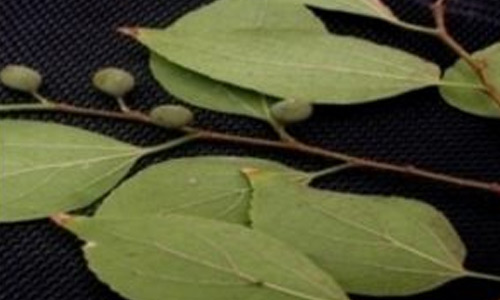We value your privacy
We use cookies to enhance your browsing experience, serve personalized ads or content, and analyze our traffic. By clicking "Accept All", you consent to our use of cookies.
We use cookies to help you navigate efficiently and perform certain functions. You will find detailed information about all cookies under each consent category below.
The cookies that are categorized as "Necessary" are stored on your browser as they are essential for enabling the basic functionalities of the site. ...
Necessary cookies are required to enable the basic features of this site, such as providing secure log-in or adjusting your consent preferences. These cookies do not store any personally identifiable data.
No cookies to display.
Functional cookies help perform certain functionalities like sharing the content of the website on social media platforms, collecting feedback, and other third-party features.
No cookies to display.
Analytical cookies are used to understand how visitors interact with the website. These cookies help provide information on metrics such as the number of visitors, bounce rate, traffic source, etc.
No cookies to display.
Performance cookies are used to understand and analyze the key performance indexes of the website which helps in delivering a better user experience for the visitors.
No cookies to display.
Advertisement cookies are used to provide visitors with customized advertisements based on the pages you visited previously and to analyze the effectiveness of the ad campaigns.
No cookies to display.
|
Division
|
Angiosperms |
|
Class
|
Dicotledons |
|
Subclass |
Apetalae |
|
Order |
Urticales |
|
Family
|
Ulmaceae |
|
Genus
|
Celtis |
|
Species
|
tetrandra |

|
Etymology:
|
Derived from Latin word Celtis, lotus tree. |
|
Botanical name:
|
Celtis tetrandra Roxb. |
|
Local/Trade Names: |
Kharik |
|
Conservation status:
|
Commonly found wild. |
|
Digonestic features:
|
Margin of the leaves crenately serrate from above the middle. |
|
Description: |
Large deciduous tree, upto 25 m high. Bark dark grey. Leaves deciduous, ovate, 5-8 x 2.5-4 cm, acuminate, base oblique, rounded or cuneate, margins crenately serrate from above the middle. Male racemes 1.5-2 cm long, bisexual, flowers pedicel 2 cm. Fruit a drupe, ovoid, ellipsoid, 5-6 mm long, orange red when ripe, bearing a tuft of pubescence at base and apex. |
|
Phenology: |
Fls.: May-June. Frts.: July-August. |
|
Distribution: |
Outer Himalayas from Kumaon eastwards Meghalaya, Central India and eastern and Western Ghats. Myanmar. |
|
Where to see it: |
Arboretum near Japanese Garden Gate No. 2. |
|
Uses: |
Wood used for planking and canoes. Also used for match-boxes and splints. A very good fodder. |
Chief Conservator of Forests & Chief Wildlife Warden is the Head of the Department. There is one post of Conservator of Forests & two posts of Deputy Conservator of Forests viz.